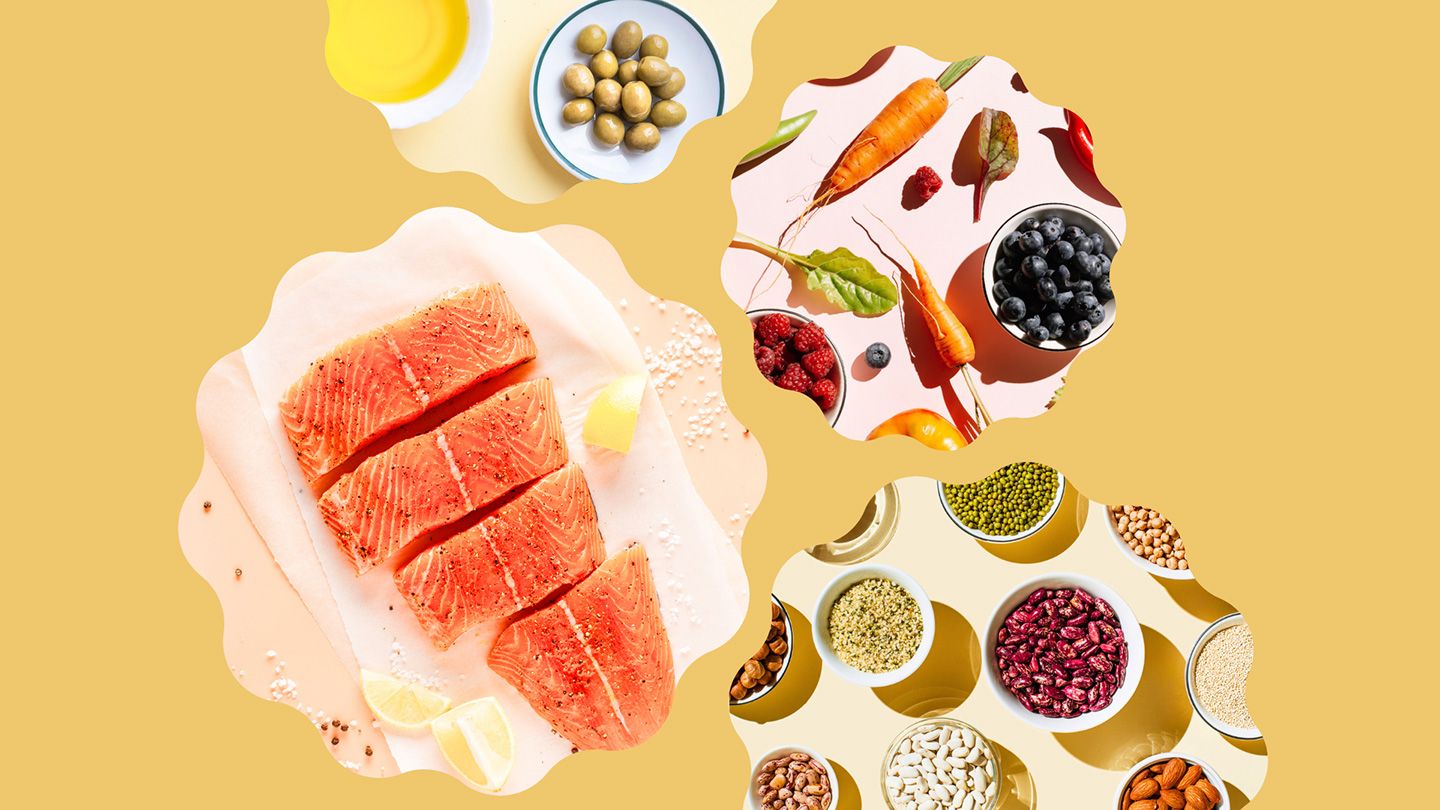The main focus of a low-sodium diet is keeping your daily sodium intake below 2,300 milligrams (mg) of sodium per day. Some plans suggest an even lower daily limit of 1,500 mg.
Some sodium in your diet is necessary, since it’s an electrolyte that supports hydration, blood volume, and nerve and muscle function. However, most Americans get too much sodium — roughly 3,500 mg daily — which can increase blood pressure.
“Low-sodium diets decrease the risk of high blood pressure and reduce fluid retention, which are both good for heart health,” says Rohit Vuppuluri, DO, an interventional cardiologist at Chicago Heart and Vascular Specialists in Illinois.
Sodium causes your blood to retain more water, placing more pressure on your blood vessels. Over time, this added pressure can negatively impact heart health because it forces your heart to pump harder than necessary.
Because processed foods tend to have added sodium for both flavor and preservation, low-sodium diets tend to emphasize unprocessed or minimally processed foods, especially fruits, vegetables, whole grains, nuts, seeds, low-fat dairy, lean meat and poultry, fish, and unsaturated fat sources like vegetable oils.
“People with hypertension, congestive heart failure, and liver disease will benefit from a low-sodium diet,” Dr. Vuppuluri says. A low-sodium diet is also important for managing chronic kidney disease.
Read the full article here




